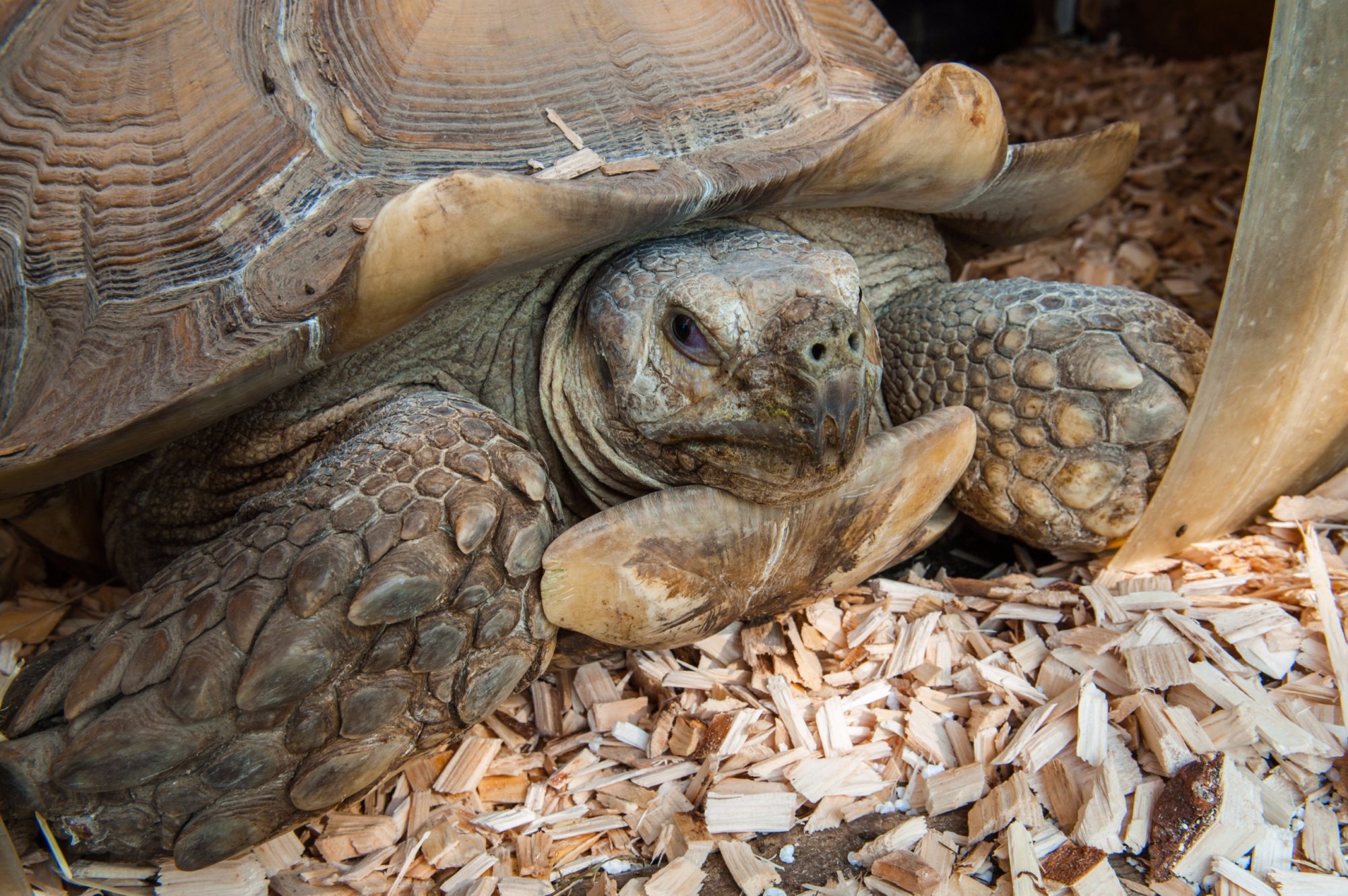

Found only in north Africa on the southern edge of the Sahara desert these prehistoric looking creatures are under threat.
The males can be particularly argumentative and aggressive. They can often be seen ramming other males whilst letting out all kinds of sounds. They croak, they grunt, they even whistle. They’re that aggressive that from the moment they hatch from their eggs they’re trying to get ‘one over’, quite literally, on their siblings by trying to flip them on their backs…charming!
Did you know that tortoises like to dig? It’s true. They do this so they can access areas containing higher amounts of moisture. An ideal way to cool down in the scorching desert sun.
Listed as vulnerable on the IUCN red list due to the destruction of their habitats and over grazing by livestock. They also fall prey to nomadic tribes who see them as a food source. Finally, they are highly sought after for the pet trade with only the younger ones being taken. As it takes roughly 15 years for these tortoises to reach maturity it’s greatly reducing the amount of successful mating taking place in the wild.
Latin name
Centrochelys sulcata
Class
Sauropsida
Order
Testudines
Family
Testudinidae
Conservation status
Vulnerable
Impress your friends with everything you know about the African spurred tortoise
They’re herbivores, so that means they eat grasses and plants.
This is because of the ‘sticky outy’ bits (technical term), or spurs, on its hind legs.
The females can grow up to 50cm in length and weigh 60kg. The males can grow up to 80cm in length and weigh a whopping 100kg (that’s 100 bags of sugar!).



